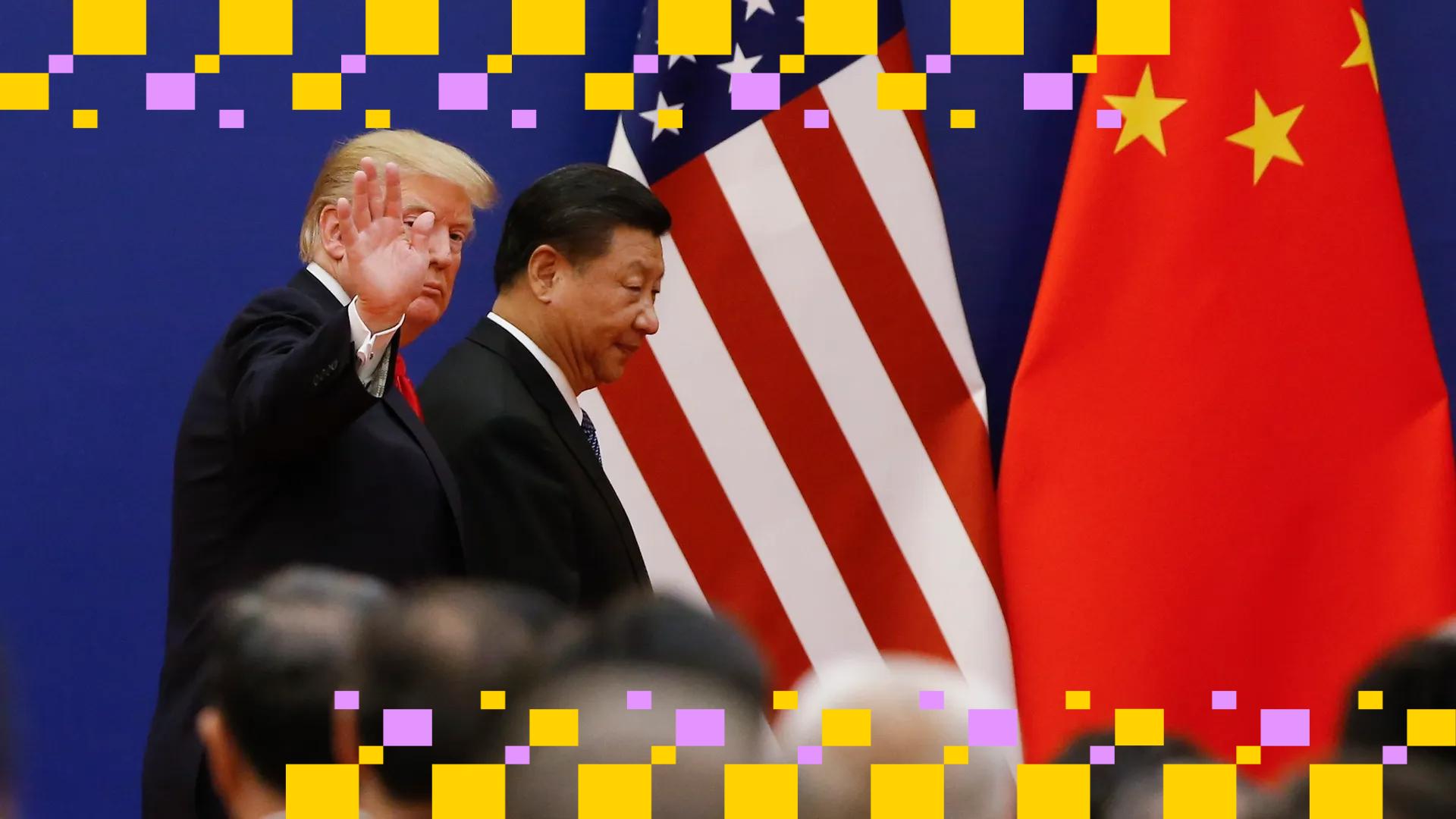Bitcoin reversed some of the post-Fed losses Thursday morning after the meeting between President Donald Trump and his Chinese counterpart Xi Jinping yielded favorable results.
Speaking aboard Air Force One, the US president also reportedly said it was a one-year deal that would be extended. Trump also said that the issue of rare earths had been resolved and there would be no more obstacles to their implementation.
Trump also said US tariffs on China would be lowered from 57% to 47%. He said he would visit China in April and that Xi would return to the United States later, in comments reported by Reuters.
BTC briefly fell to $108,000, extending the overnight decline from $113,000 to $110,000 triggered by Federal Reserve Chairman Jerome Powell downplaying the certainty of a December rate cut.
XRP and led losses among the majors with a 4% decline. Ether Solana’s SOL, Cardano’s BNB and ADA saw losses of up to 3%.
Futures contracts linked to the S&P 500 also fell, while the dollar index consolidated around 99.00, holding on to its overnight gains.
According to the BBC, Trump left South Korea without announcing the outcome of his talks with Xi. “They shook hands at the end of the meeting before leaving,” the BBC said.
The bar of expectations was set high after Trump said earlier this week that the two countries were close to a trade deal. Trade tensions escalated recently after Trump threatened to impose 100% tariffs on Chinese goods in response to Beijing’s move to tighten its grip on rare earth exports.
Earlier on Wednesday, the US central bank’s Federal Open Market Committee lowered its benchmark overnight borrowing rate to a range of 3.75% to 4%. The Fed added that it would end its tapering of asset purchases – a process known as quantitative tightening – on December 1.
Both policy changes land squarely in the crypto wheelhouse. A cut in the benchmark rate, to between 3.75% and 4%, marks the start of an easing of financial conditions after two years of restrictions, which will soften real yields and support risk appetite.
Bitcoin and other non-yielding assets tend to benefit as liquidity returns and investors move away from cash-rich positions toward growth and alternative stores of value.
Ending balance sheet liquidation on December 1 effectively reintroduces net liquidity into the system, easing pressure on banks and improving market depth for risky assets. This environment may spur risk-taking behavior among crypto traders and new leverage in derivatives markets.
The most important factor in development, however, remains geopolitics. If the U.S.-China trade deal strengthens and tariffs are reduced further, global risk sentiment could rise, reinforcing the Fed’s dovish tone and extending Bitcoin’s rebound past $115,000. But if negotiations fail, investors could unwind new long positions as the dollar strengthens and volatility rises again.
As such, looser monetary policy and easing trade frictions form a rare alignment that supports crypto markets through November – although optimism still depends on whether this “soft landing” narrative will hold once liquidity actually returns.




